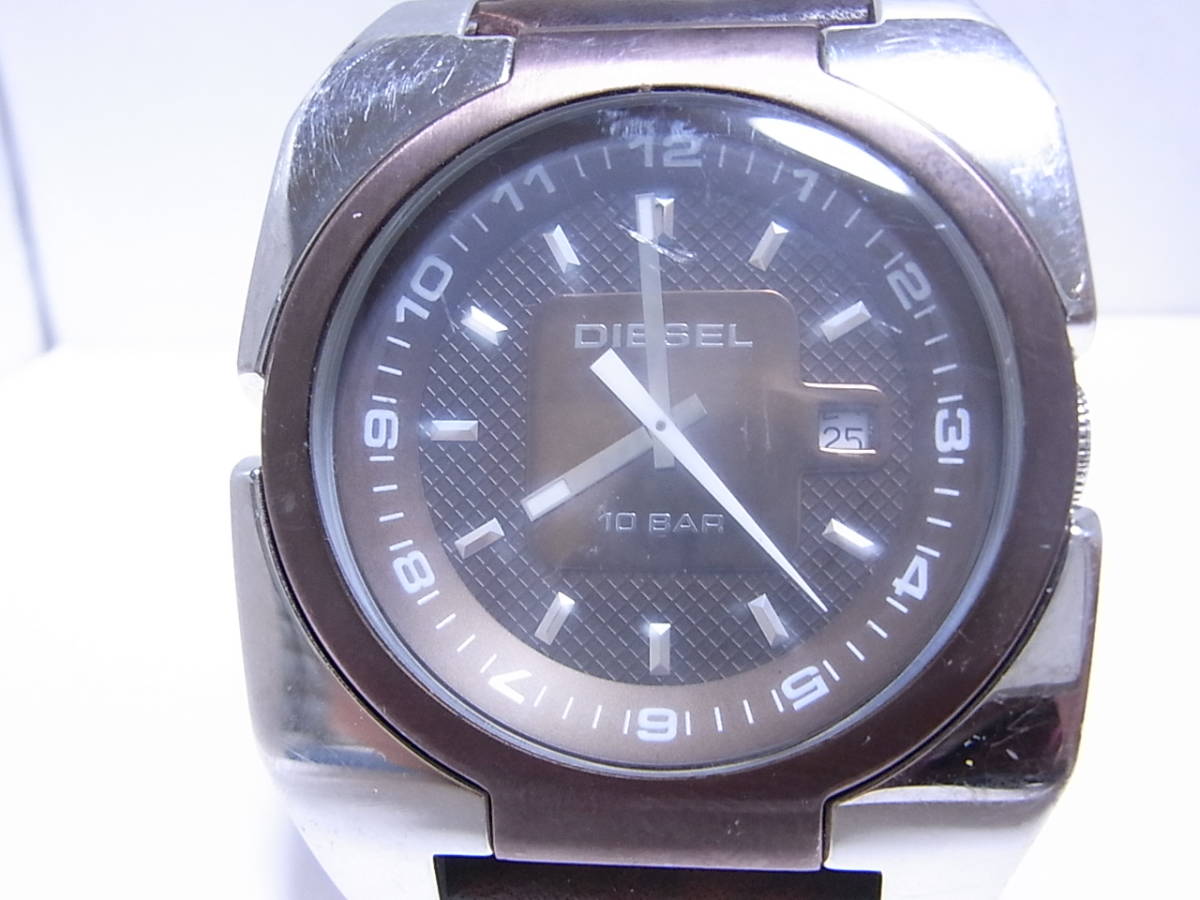

Potassium hydroxide or sodium hydroxide are used as the electrolyte in place of an alkaline solution. One popular substitute for LR41 batteries is the SR41 battery, which uses silver oxide along with zinc as its electrolytes. You also need to use the correct charger for any rechargeable batteries. Some alkaline batteries are secondary batteries, meaning they can be recharged, but you should never try to charge a battery that isn’t explicitly labeled as rechargeable. Most alkaline batteries are primary batteries, meaning they’re used once and then tossed. Most AAA, AA, C, D and 9V batteries sold in stores are alkaline-based, and those that aren’t are usually prominently labeled as such. You can tell if a battery is mercury-free if it’s marked with the phrase “zero percent Hg.”Īlkaline batteries are very popular across the world.

Because most such batteries don’t contain mercury, they are less damaging to the environment than some other kinds of batteries and can be disposed of at home without fear of leaking toxic chemicals. Alkaline batteries are popular because they can store a large amount of energy for a fair amount of time. That means they use zinc and manganese dioxide as electrodes and pass electrons through an alkaline solution - potassium or sodium hydroxide - to create power. To make them fit across many different electronic goods, all LR41 batteries and their equivalents have a diameter of 9.9 millimeters and a height of 3.6 millimeters (3.2 millimeters if you exclude the height of the button). Photo Courtesy: Lead Holder/Wikimedia Commons While the listed voltage of the battery is 1.5 volts, new LR41 batteries can have a charge as high as 1.62 volts. They can be conveniently stacked on top of each other for more power and voltage. Because LR41 batteries are so tiny, they’re often used to power watches, small medical devices, interactive cards and books, toys, laser pointers and more.


 0 kommentar(er)
0 kommentar(er)
